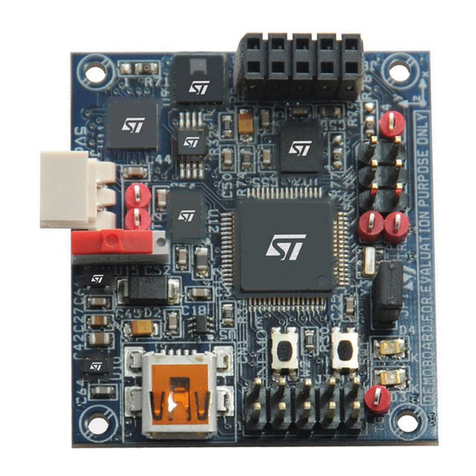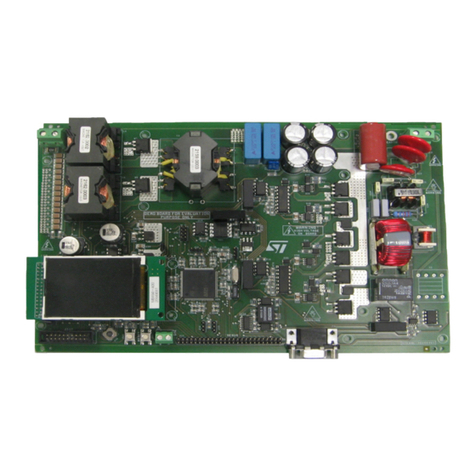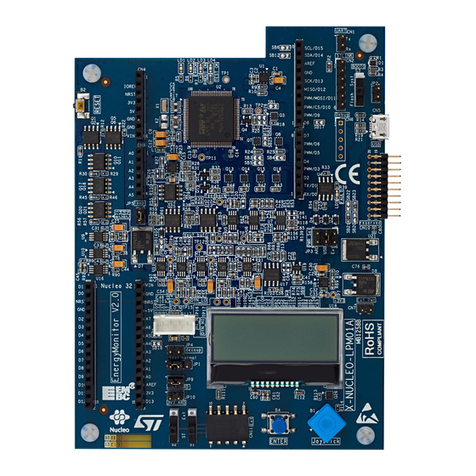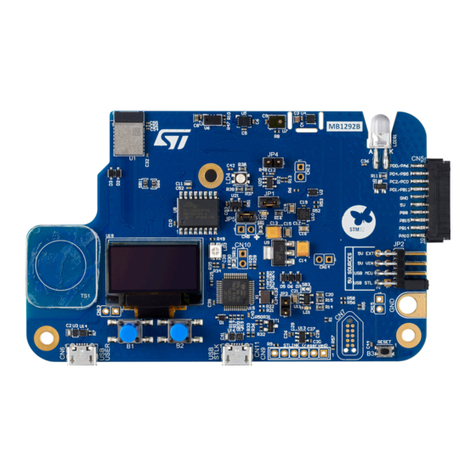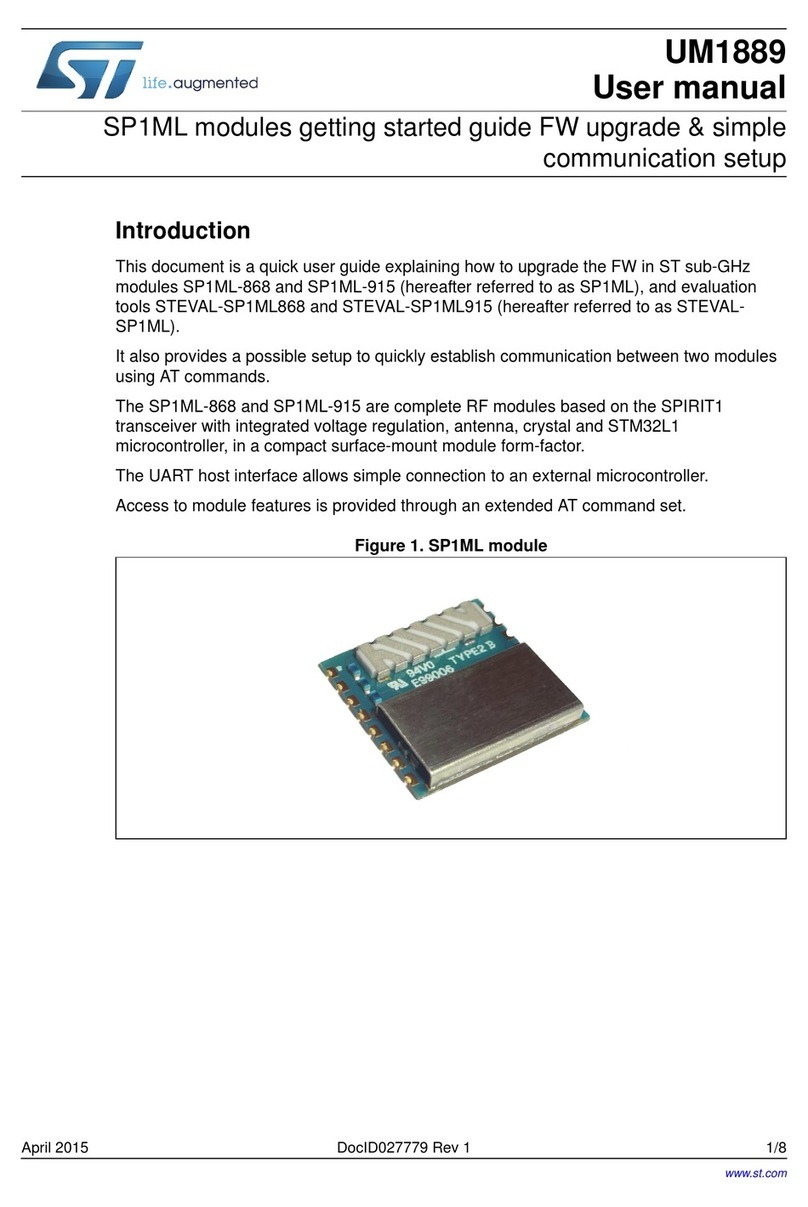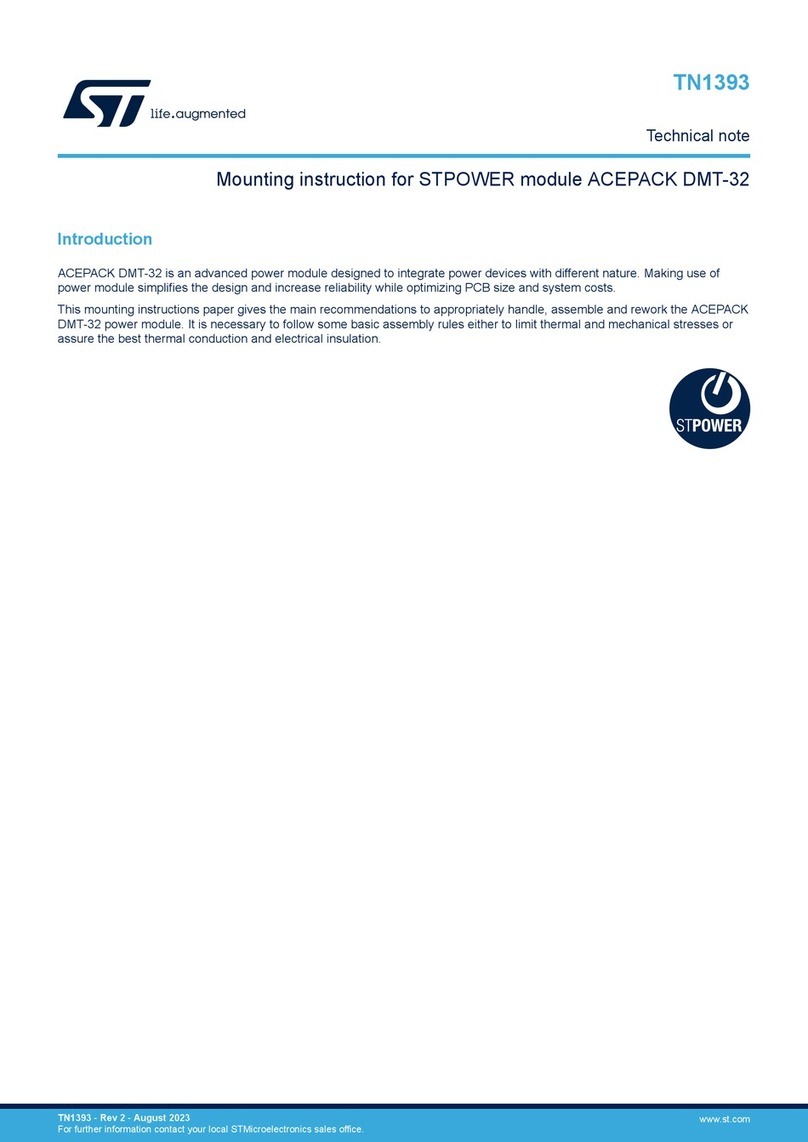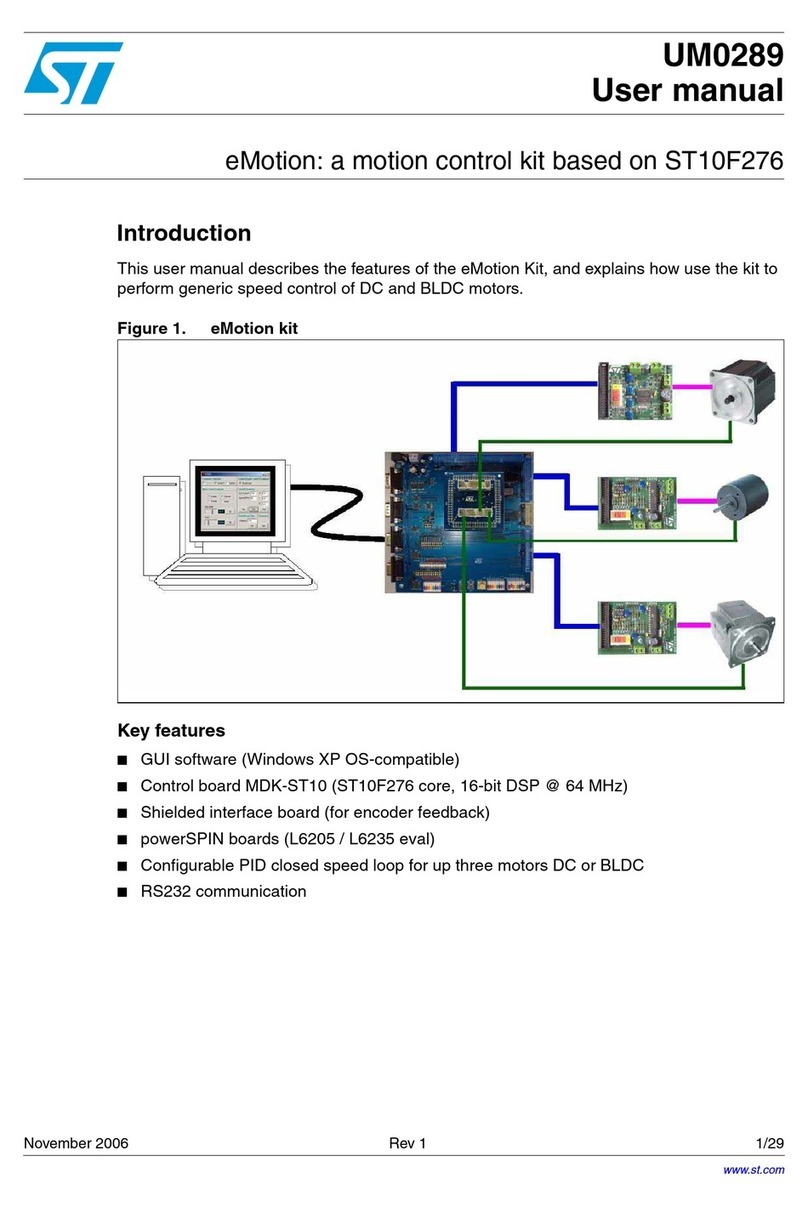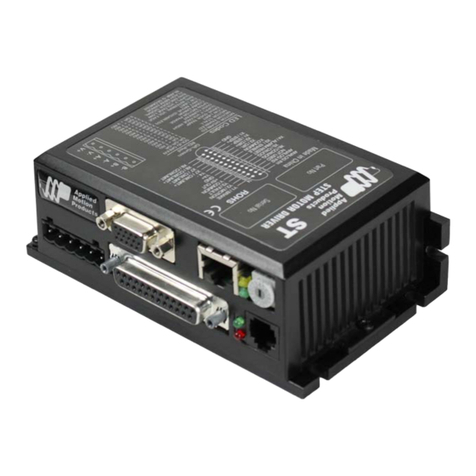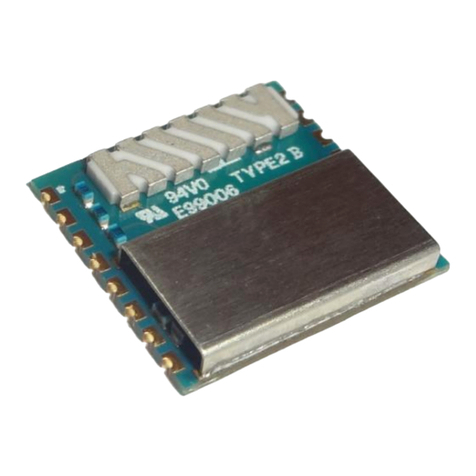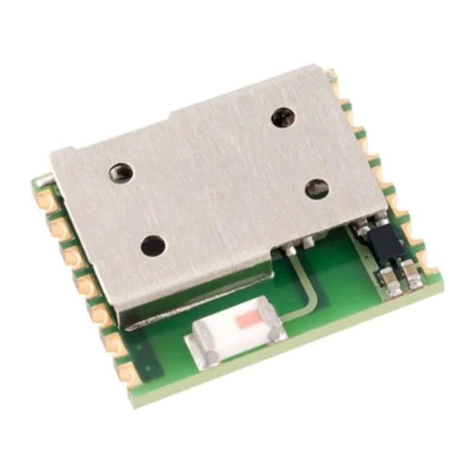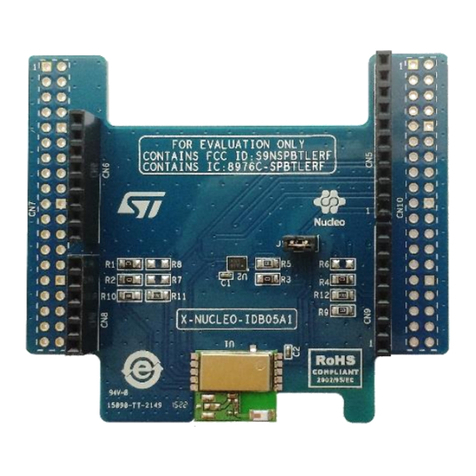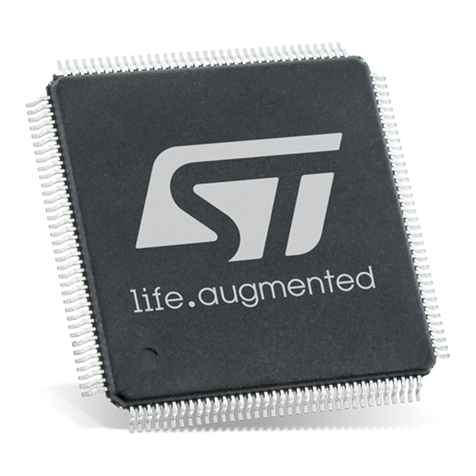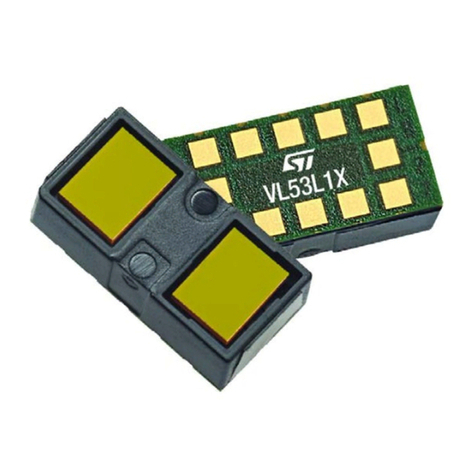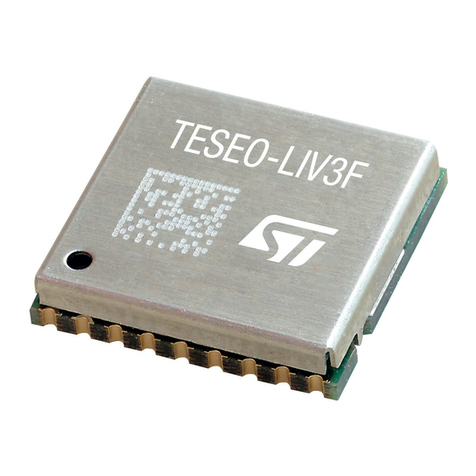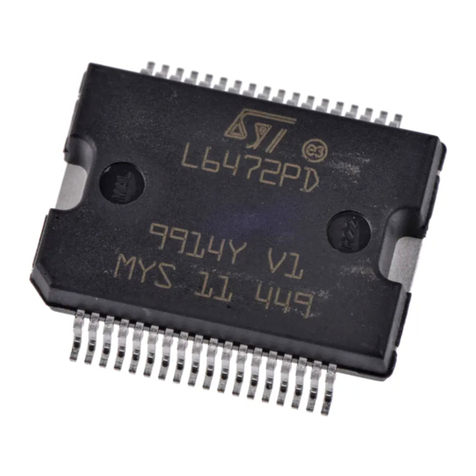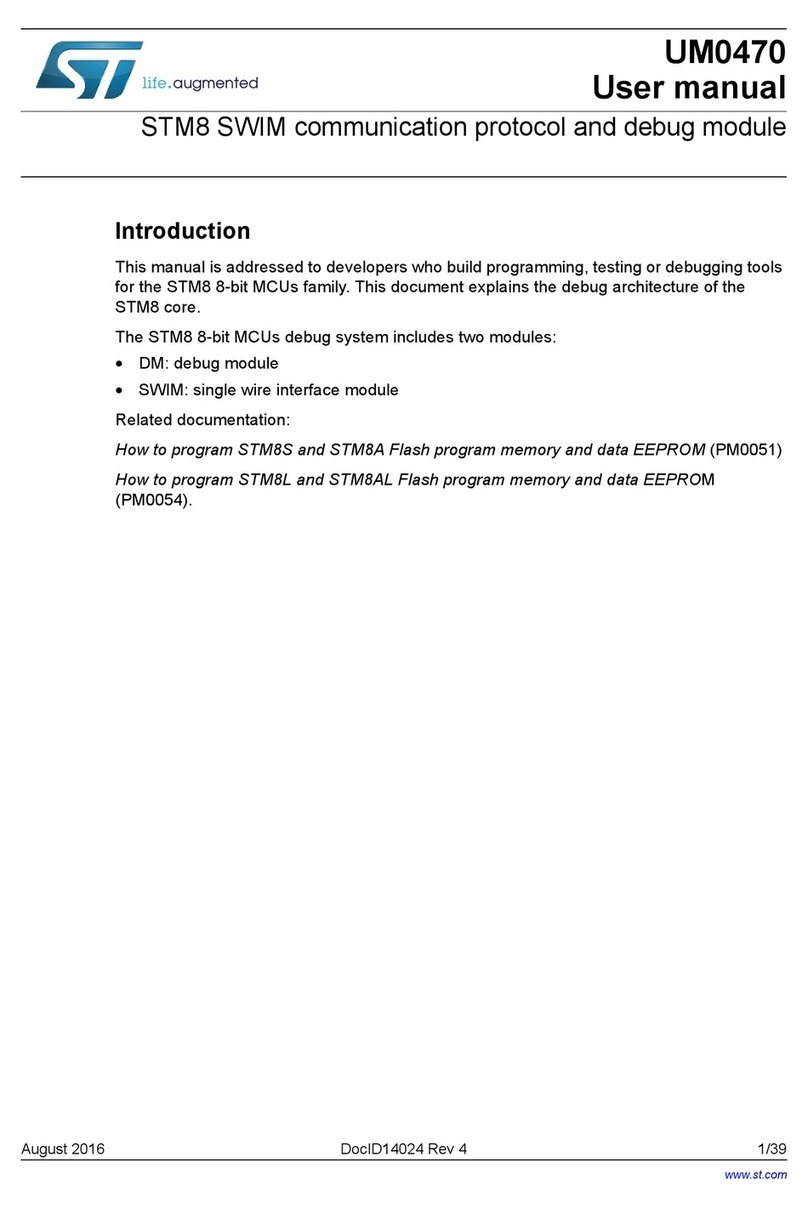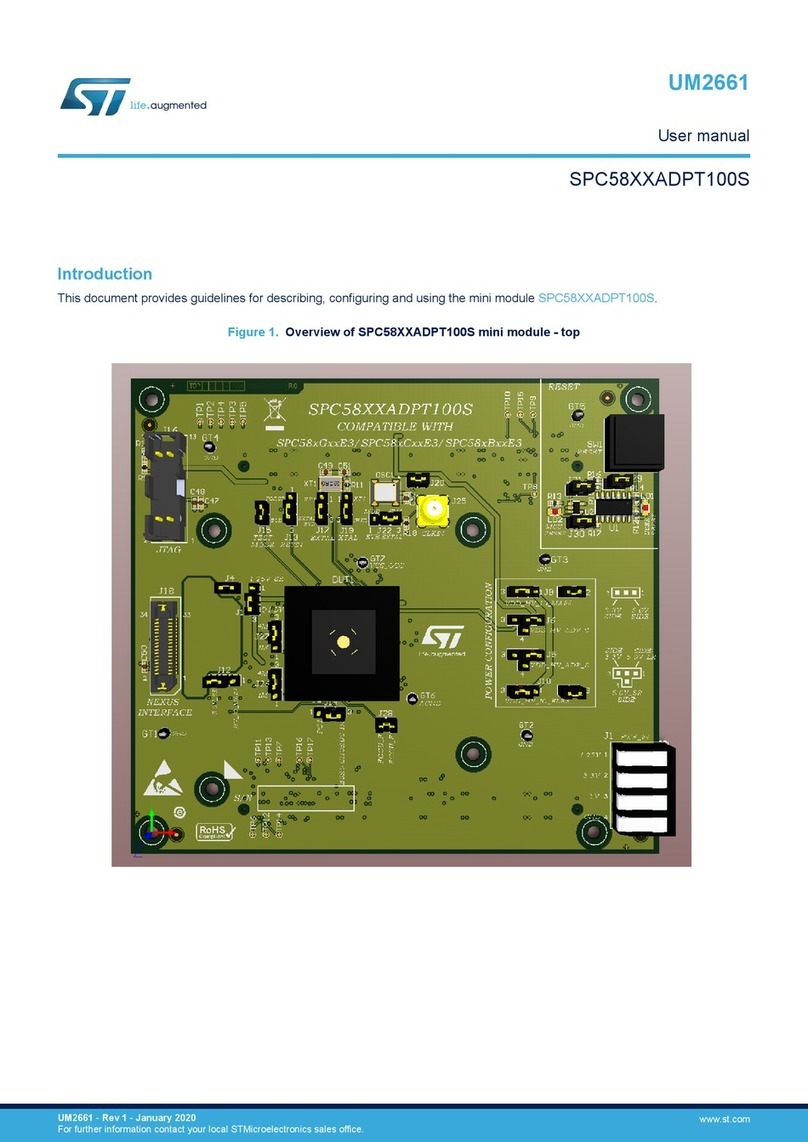
Contents UM1525
2/41 Doc ID 022910 Rev 2
Contents
1Conventions......... . . . . . . . . . . . . . . . . . . . . . . . . . . . . . . . . . . . . . . . 6
2Quickstart........ . . . . . . . . . . . . . . . . . . . . . . . . . . . . . . . . . . . . . . . . . 7
2.1 Getting started . . . . . . . . . . . . . . . . . . . . . . . . . . . . . . . . . . . . . . . . . . . . . . 7
2.2 System requirements . . . . . . . . . . . . . . . . . . . . . . . . . . . . . . . . . . . . . . . . . 7
2.3 Development toolchain supporting the STM32F0DISCOVERY . . . . . . . . . 7
2.4 Order code . . . . . . . . . . . . . . . . . . . . . . . . . . . . . . . . . . . . . . . . . . . . . . . . . 7
3Features........... . . . . . . . . . . . . . . . . . . . . . . . . . . . . . . . . . . . . . . . . 8
4 Hardware and layout . . . . . . . . . . . . . . . . . . . . . . . . . . . . . . . . . . . . . . . . . 9
4.1 STM32F051R8T6 microcontroller . . . . . . . . . . . . . . . . . . . . . . . . . . . . . . 12
4.2 Embedded ST-LINK/V2 . . . . . . . . . . . . . . . . . . . . . . . . . . . . . . . . . . . . . . 14
4.2.1 Using ST-LINK/V2 to program/debug the STM32 F0 on board . . . . . . . 15
4.2.2 Using ST-LINK/V2 to program/debug an external STM32 application . . 16
4.3 Power supply and power selection . . . . . . . . . . . . . . . . . . . . . . . . . . . . . . 17
4.4 LEDs . . . . . . . . . . . . . . . . . . . . . . . . . . . . . . . . . . . . . . . . . . . . . . . . . . . . 17
4.5 Push buttons . . . . . . . . . . . . . . . . . . . . . . . . . . . . . . . . . . . . . . . . . . . . . . 17
4.6 JP2 (Idd) . . . . . . . . . . . . . . . . . . . . . . . . . . . . . . . . . . . . . . . . . . . . . . . . . . 17
4.7 OSC clock . . . . . . . . . . . . . . . . . . . . . . . . . . . . . . . . . . . . . . . . . . . . . . . . 18
4.7.1 OSC clock supply . . . . . . . . . . . . . . . . . . . . . . . . . . . . . . . . . . . . . . . . . 18
4.7.2 OSC 32 KHz clock supply . . . . . . . . . . . . . . . . . . . . . . . . . . . . . . . . . . . 18
4.8 Solder bridges . . . . . . . . . . . . . . . . . . . . . . . . . . . . . . . . . . . . . . . . . . . . . 19
4.9 Extension connectors . . . . . . . . . . . . . . . . . . . . . . . . . . . . . . . . . . . . . . . . 20
5Connectingmodulesonthe prototyping board . . . . . . . . . . . . . . . . . . 27
5.1 Mikroelektronica accessory boards . . . . . . . . . . . . . . . . . . . . . . . . . . . . . 27
5.2 ST MEMS “adapter boards”, standard DIL24 socket . . . . . . . . . . . . . . . . 30
5.3 Arduino shield boards . . . . . . . . . . . . . . . . . . . . . . . . . . . . . . . . . . . . . . . . 33
6Mechanicaldrawing........ . . . . . . . . . . . . . . . . . . . . . . . . . . . . . . . . 36
7Electricalschematics.. . . . . . . . . . . . . . . . . . . . . . . . . . . . . . . . . . . . . . 37
